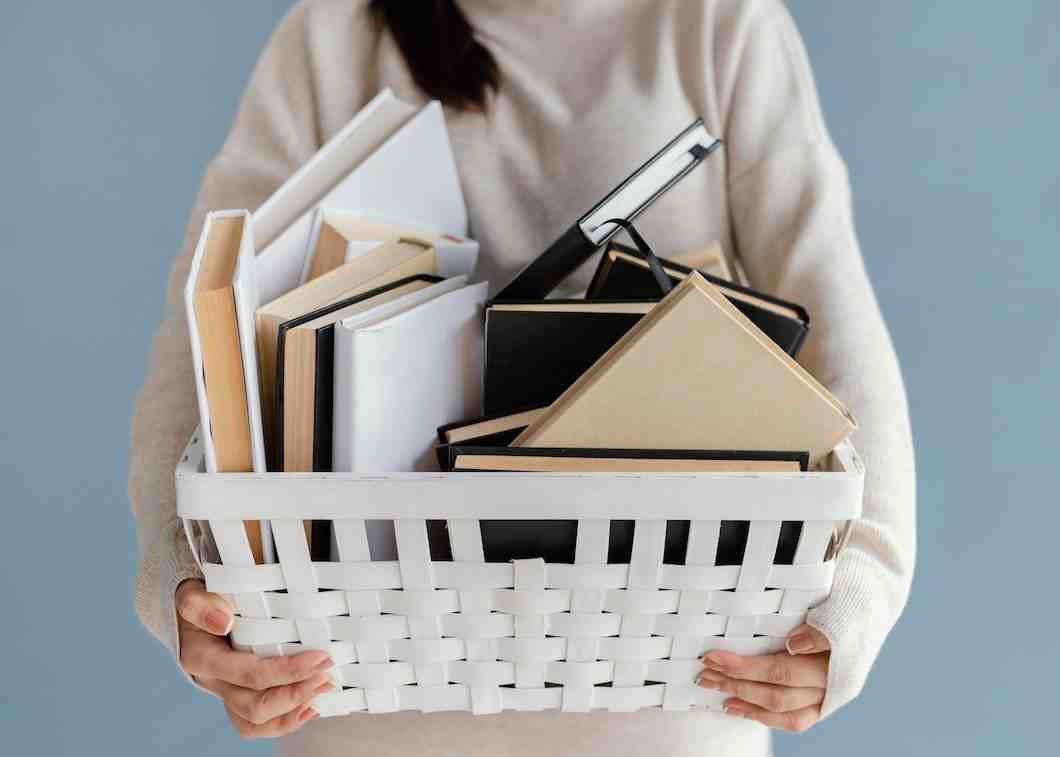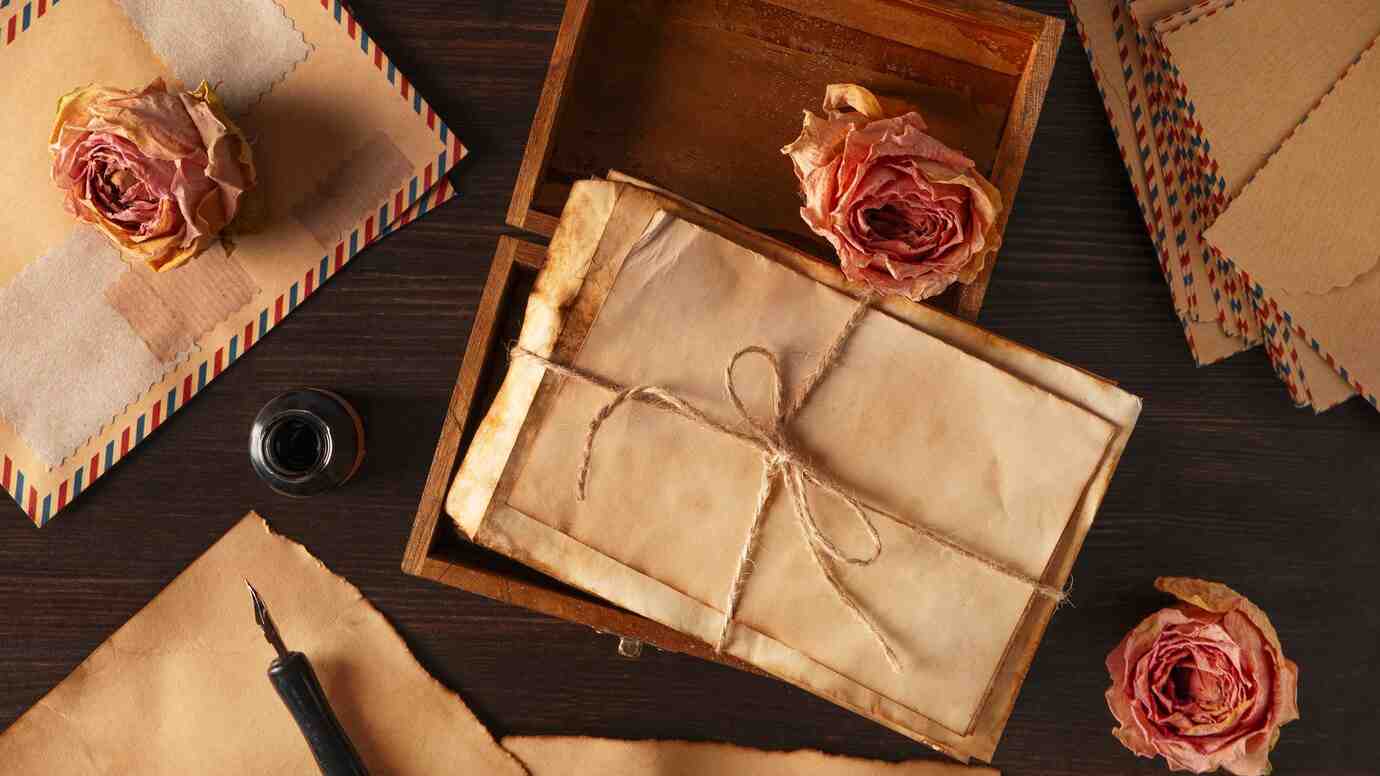The Interior Blog

Decluttering After Loss: Honouring Memories Mindfully
Decluttering is never just about tidying objects; it’s about processing emotions, memories, and life chapters. When it comes to sorting through a loved one’s belongings after loss, the process becomes deeply personal and often overwhelming.
Whether you’ve recently experienced grief or are supporting someone else through it, approaching grief decluttering with mindfulness, compassion, and a clear structure can make an emotional task feel gentler and more meaningful.
In this guide, we’ll explore the sensitive art of organising after loss, share strategies for memory preservation, and help you navigate this tender journey while honouring both your loved one and yourself.
Why Decluttering After Loss Is Uniquely Challenging
Objects Hold Stories
Every sweater, photo album, or kitchen utensil may carry powerful memories. Deciding what stays and what goes isn’t just practical; it’s emotional.
Grief Is Non-Linear
Some days you may feel strong and decisive; others, even the smallest item, can bring tears. That’s normal. The process is not a race — it’s part of the mourning journey.
Emotional Guilt
Many feel guilty about discarding items tied to a loved one, fearing it will dishonour their memory. But keeping everything isn’t necessary to honour someone; selective, mindful memory preservation often feels far more powerful.
Preparing Yourself Emotionally
Give Yourself Permission to Feel
Decluttering after a loss will stir emotions. Allow yourself to:
- Cry if you need to
- Laugh at old memories
- Pause and return another day
There’s no “right way” to do this.
Set a Gentle Intention
Before starting, take a moment to set a kind, supportive intention. For example:
“I choose to honour my loved one by creating a peaceful, respectful space.”
Decide if You Need Support
Some find comfort in doing this privately. Others prefer having a close friend or family member nearby for emotional support and practical help.
Choose what feels safest for you.
Grief Decluttering with Care
Start Small

Pick a small, manageable category, such as:
- Accessories
- Books
- Kitchen items
- Letters
Avoid beginning with deeply sentimental categories like photos or clothing right away.
Joy-Check Each Item
Hold each item gently and ask:
- “Does this spark a happy memory or support my healing?”
- “Would I choose to carry this item into my next chapter?”
If an item triggers primarily pain or obligation, it’s okay to thank it and release it.
Create Three Gentle Categories
Label three areas:
- Keep and Cherish
- Share or Donate
- Release with Gratitude
Having these options makes choices feel less stark and more compassionate.
Honour the Goodbye
Before letting items go, take a moment to honour them:
- Say thank you aloud or silently
- Take a photo for memory if needed
- Share stories about items with family
Ceremony, even a simple one, can make goodbyes feel peaceful rather than abrupt.
Organising After Loss: Practical Tips
Create a Memory Box

Choose a beautiful box or chest to hold:
- Letters
- Photographs
- Small keepsakes
- Jewellery
This allows you to keep what truly matters without overwhelming daily life.
Digitise When Possible
Scanning letters, photos, or recipe cards:
- Preserves memories without taking physical space
- Enables sharing with family members easily
Establish “Active Use” vs “Memory Only”
Ask yourself:
- “Is this something I’ll use regularly, or is it purely sentimental?”
Active use items (like a beloved mug or blanket) can continue offering comfort. Pure memory items are best curated carefully.
Memory Preservation Ideas
Turn Clothing into Keepsakes
- Quilts from shirts
- Cushions from sweaters
- Framed pieces of fabric
Textiles carry powerful sensory memories — smell, touch, comfort.
Create a Tribute Display

Dedicate a small corner or shelf:
- A framed photo
- A favourite book
- An heirloom item
This honours memory daily without crowding your living space.
Plant a Memory Garden
Planting flowers, trees, or herbs associated with your loved one can be a beautiful, growing tribute.
Real-Life Story: Emma’s Grief Decluttering Journey
Emma lost her grandfather, who had been a major influence in her life. Sorting his belongings felt impossibly heavy at first.
“Every drawer felt like opening a chapter of our shared story,” she recalls.
Using mindful techniques:
- She created a small memory box with his pocket watch, a scarf, and handwritten notes.
- She chose to use his favourite mug daily, keeping his memory active in her morning ritual.
- She donated his gardening books to a local community centre, honouring his love of teaching.
“It wasn’t about erasing him,” Emma explains. “It was about carrying him forward in ways that felt alive and supportive.”
Common Emotional Challenges (And How to Handle Them)
Feeling Overwhelmed by Volume
Solution: Tackle one small category at a time. Celebrate tiny wins.
Guilt About Letting Go
Solution: Remind yourself: their love isn’t contained in things. The relationship lives in you.
Disagreements Among Family
Solution: Communicate openly. If multiple people want the same item, consider:
- Taking turns choosing
- Sharing digital copies of photos
- Creating joint memory projects
“But What If I Regret It Later?”
Solution: Take photos. If you’re very uncertain, box the item temporarily. Revisit after a few months with a fresh perspective.
A Gentle Grief Decluttering Checklist
- Set a loving intention
- Gather supportive materials (boxes, tissues, water)
- Start with a non-sentimental category
- Create “Keep,” “Donate,” and “Release” zones
- Joy-check each item tenderly
- Honour and thank the released items
- Create a memory box for keepsakes
- Digitise important documents and photos
- Celebrate small steps of progress
Pin this checklist somewhere visible for encouragement.
Conclusion: Healing Through Honouring
Decluttering after loss isn’t about erasing memories or “moving on.” It’s about making conscious, compassionate choices that help you integrate your loved one’s memory into your life in ways that nourish you.
Through mindful grief decluttering, tender organising after loss, and creative memory preservation, you don’t have to let go of love — only the physical weight that no longer serves your healing.
Take your time. Move gently. Trust that you’re creating space for both remembrance and renewal.
If you’ve been through this journey or are beginning it now, we invite you to share your experiences, questions, or gentle encouragement in the comments below. Your story might be the spark someone else needs today.









